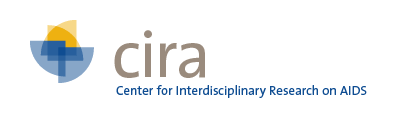| Title | Secondary prevention of HIV in the United States: past, current, and future perspectives. |
| Publication Type | Journal Article |
| Year of Publication | 2010 |
| Authors | Fisher, Jeffrey D., Laramie R. Smith, and Erin M. Lenz |
| Journal | Journal of acquired immune deficiency syndromes (1999) |
| Volume | 55 Suppl 2 |
| Pagination | S106-15 |
| Date Published | 2010 Dec |
| ISSN | 1944-7884 |
| Keywords | HIV Infections, Humans, Risk Factors, Secondary Prevention, Sexual Behavior, United States |
| Abstract | To provide a synopsis of past, current, and potential next-generation approaches to prevention for positives (PfP) interventions in the United States. For a variety of reasons, PfP interventions, with the goals of limiting HIV transmission from people living with HIV/AIDS (PLWHA) to others and protecting the health of PLWHA, did not appear with any frequency in the United States until about 2000. Even today, the number and breadth of evidence-based PfP interventions is very limited. Nevertheless, meta-analytic evidence demonstrates that such interventions can be effective, perhaps even more so than interventions targeting HIV-uninfected individuals. We review early and more recent PfP interventions and suggest that next-generation PfP interventions must involve behavioral and biologic components and target any element that affects HIV risk behavior and/or infectivity. Next-generation PfP interventions should include increased HIV testing to identify additional PLWHA, components to initiate and maintain HIV care, to initiate antiretroviral therapy and promote adherence, and to reduce sexual and injection drug use risk behavior, as well as ancillary treatments and referrals to services. Comprehensive next-generation PfP interventions, including all of these elements and effective linkages among them, are discussed. |
| DOI | 10.1097/QAI.0b013e3181fbca2f |
| Alternate Journal | J. Acquir. Immune Defic. Syndr. |


